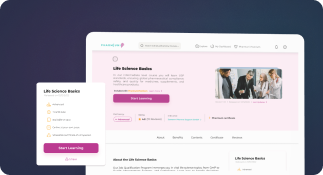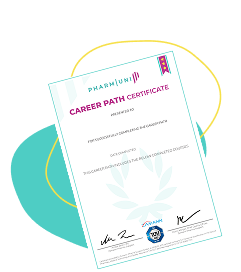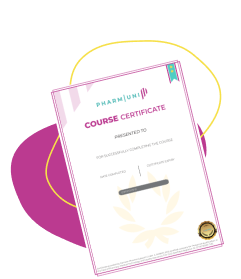Risk Management
Definition
Risk Management in the pharmaceutical and life sciences industry refers to the systematic process of identifying, evaluating, and mitigating potential risks that could impact product quality, patient safety, or regulatory compliance. Quality Risk Management (QRM), as outlined in the ICH Q9 guideline, is a key component of pharmaceutical quality systems, designed to support informed decision-making throughout the product lifecycle.
Detailed Explanation
Purpose and Importance
Quality Risk Management (QRM) is a vital framework for ensuring that pharmaceutical products meet the required standards of safety, efficacy, and quality. By proactively identifying and controlling potential risks, QRM helps manufacturers maintain compliance with Good Manufacturing Practices (GMP) and regulatory expectations.
The ICH Q9 guideline, issued by the International Council for Harmonisation (ICH), provides a structured approach to risk management that is science-based and aligned with product quality objectives. It encourages manufacturers to apply QRM principles throughout the product lifecycle—from development to manufacturing, distribution, and post-marketing surveillance.
Key Elements of Quality Risk Management
- Risk Assessment: The process of identifying hazards, analyzing risks, and evaluating their potential impact. This includes determining the likelihood and severity of harm.
- Risk Control: Actions taken to reduce or eliminate risks to acceptable levels. This may include process changes, additional testing, or enhanced monitoring.
- Risk Communication: Sharing risk-related information among stakeholders, including regulatory agencies, quality assurance teams, and manufacturing personnel.
- Risk Review: Ongoing evaluation of risk control measures to ensure continued effectiveness and to identify new or emerging risks.
Applications in the Pharmaceutical Industry
QRM is applied across a broad range of pharmaceutical operations, including:
- Facility design and qualification
- Supplier and material qualification
- Deviations and change control
- Validation and qualification of processes and equipment
- Cleaning validation
- Environmental monitoring
- Batch release decisions
Examples of Risk Management Tools
ICH Q9 outlines several tools that can be used to support QRM activities, such as:
- Failure Mode and Effects Analysis (FMEA)
- Hazard Analysis and Critical Control Points (HACCP)
- Fault Tree Analysis (FTA)
- Risk Ranking and Filtering
- Preliminary Hazard Analysis (PHA)
These tools help teams systematically assess potential failure points and prioritize mitigation efforts based on risk severity and probability.
Regulatory Context and Guidance
Regulatory authorities such as the U.S. Food and Drug Administration (FDA) and the European Medicines Agency (EMA) expect pharmaceutical companies to implement robust QRM systems. The principles of ICH Q9 are integrated into various regulatory frameworks, including:
- ICH Q8: Pharmaceutical Development
- ICH Q10: Pharmaceutical Quality System
- EU GMP Annex 15: Qualification and Validation
- FDA Guidance for Industry: Process Validation
Benefits of Effective Risk Management
Implementing a structured QRM approach results in:
- Improved product quality and patient safety
- Enhanced regulatory compliance
- Efficient resource allocation
- Informed decision-making
- Proactive issue prevention



